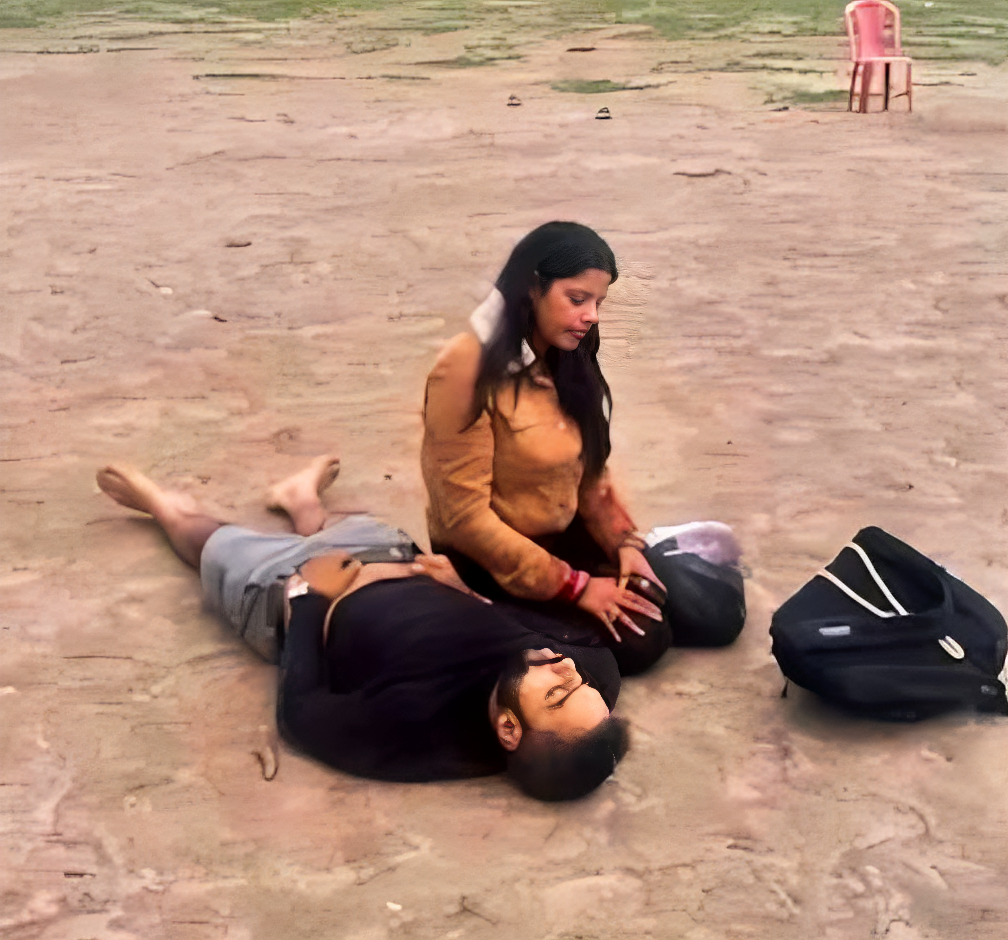Pahalgam, a picturesque tourist destination in Kashmir, witnessed a horrific tragedy yesterday. Islamic terrorists—whose identity was confirmed by their brutal method of checking whether male victims were circumcised and demanding the recitation of the Kalma (an Islamic declaration of faith)—unleashed a bloodbath. Those identified as non-Muslims were ruthlessly murdered.
Leaders from both the Opposition and the Ruling Party have condemned this Kashmir Attack News, a heinous act and vowed to bring justice to the victims. But everything feels mechanical—as though we are following a pre-written script, a tragic workflow that repeats itself whenever a high-ranking U.S. dignitary sets foot in India.
And once again, this pattern has resurfaced due to Kashmir Attack News at Pahalgam.
🔄 Patterns of Terrorism During U.S. Presidential Visits
Every time a U.S. President or Vice President visits India, sleeper cells seem to be activated, executing operations that shake the nation. Take a look at this table:
| President | Visit Date | Purpose/Highlights | Major Attacks/Riots in India (During/Around Period) |
|---|---|---|---|
| Dwight D. Eisenhower | Dec 1959 | First U.S. President to visit India. Met Nehru. | None reported during that period. |
| Richard Nixon | Aug 1969 | Cold War diplomacy; short visit | 1969 Gujarat Riots – Communal violence in Ahmedabad (500+ deaths). |
| Jimmy Carter | Jan 1978 | Strengthening bilateral ties; visited villages | 1979 Bihar Riots – Anti-Muslim riots (nearby period). |
| Bill Clinton | Mar 2000 | Improved U.S.-India relations; visited Hyderabad, Delhi | Chattisinghpura Massacre (Mar 20) – 35 Sikhs killed by militants. |
| George W. Bush | Mar 2006 | Signed civilian nuclear deal | 2006 Mumbai Train Blasts (Jul 11) – 209 killed in coordinated bombings. |
| Barack Obama | Nov 2010 | Trade and defense partnerships; addressed Parliament | 2010 Varanasi bombing (Dec) – 1 killed, several injured. |
| Donald Trump | Feb 2020 | “Namaste Trump” event in Gujarat | 2020 Delhi Riots (Feb 23–29) – Communal violence; 53+ killed. |
| Joe Biden | Sep 2023 | G20 Summit participation | Manipur Ethnic Clashes (May 2023–ongoing) – Hundreds displaced, 175+ dead. |
Now, during the visit of U.S. Vice President JD Vance, a fresh terrorist attack has once again bloodied the soil of Kashmir.

💣 The Message from Terrorists: Destabilize Kashmir
The goal is clear: to send a message to the world that Kashmir is volatile and unsafe, deterring any prospects of foreign investments and employment opportunities in the valley.
The rise in tourism post-abrogation of Articles 370 and 35A had dealt a severe blow to the terror industry in Kashmir. A flourishing economy meant fewer young Kashmiris were available to be radicalized. For these terror outfits, a poor, unemployed, hungry youth is the cheapest soldier they can find.
We’ve seen this before—during demonetization, the sudden drop in stone pelters revealed how monetized and organized this unrest really is. Until then, the Government of India had played its cards brilliantly.
🧠 But It’s Not Just About Money
Yes, finances are a significant part of the Kashmir puzzle—but they’re not the full story.
Religion and ideology play an equally critical role. Ignoring them has cost India both domestically and on global platforms. Not all militants are in this for money—some genuinely believe in the dream of a separate Kashmir, a dream rooted in historical and religious narratives.
Take this example: a video from Raj Dharma Channel features a local youth openly declaring his will to burn temples. Why? Because generations in the valley have been indoctrinated through religiously framed hatred. We must not forget how mosque loudspeakers were used to incite violence during the 1990 Hindu exodus from Kashmir.
This isn’t just a political issue—it’s a civilizational challenge.
🏘️ The Case for Diversity in the Valley
Kashmir desperately needs diversity. The valley must host colonies—possibly armed—of non-Muslim communities, just like any other part of India. Kashmiri Muslims must learn to embrace diversity, the foundational idea of India.
If India is serious about keeping Kashmir, it must actively cultivate pluralism in the region—by hook or by crook.
🧭 A Wake-Up Call for Hindus – Once Again
At the same time, Hindus need a reality check. Secularism and pluralism, though noble ideals, are not universally practiced. We Hindus have paid a price—losing parts of our homeland and eroding our identities by choosing to look the other way.
But there is another disturbing trend—many upper-class Hindus often turn a blind eye to the atrocities faced by their fellow Hindus. They stay disconnected from Hindu organizations, hesitate to join or support them, avoid donating, and at times even demean them in public discourse. This indifference is not just disheartening—it is alarming.
Hindus must remember: irrespective of language, political opinion, caste, or even nationality, they share a common identity—they are Hindus. And this identity must not be confined to personal rituals or festival celebrations alone.
It must be expressed socially, with solidarity, support, and a practical love for the community. Only then can the Hindu civilization stand resilient against ideological onslaughts and targeted violence.
Author : Pratham Uvaach (@prathamuvach on Instagram)
Join us at the Forbidden Voice:





